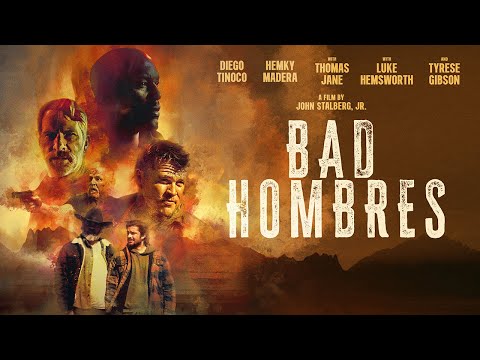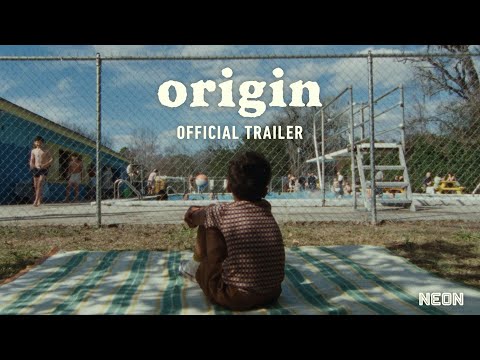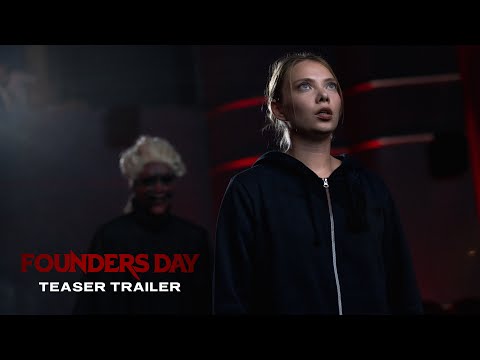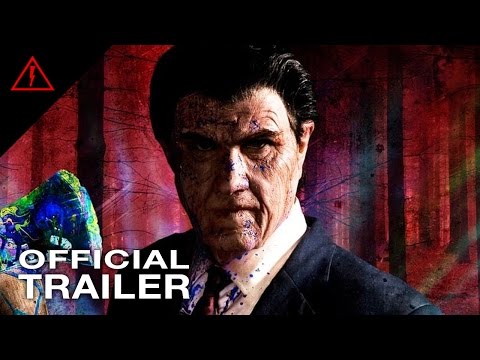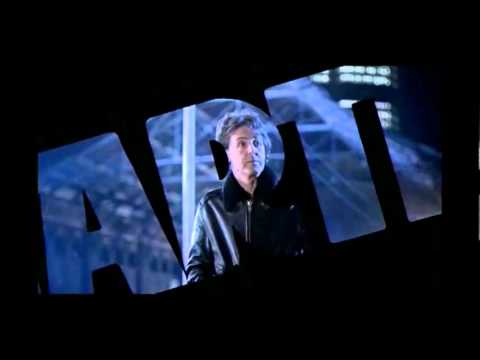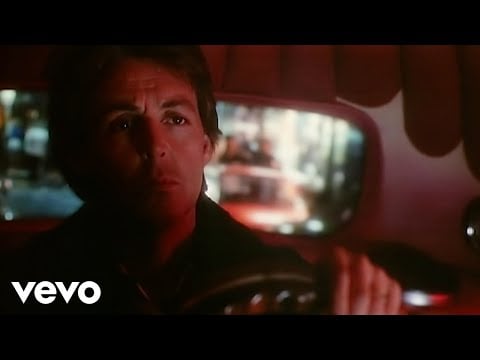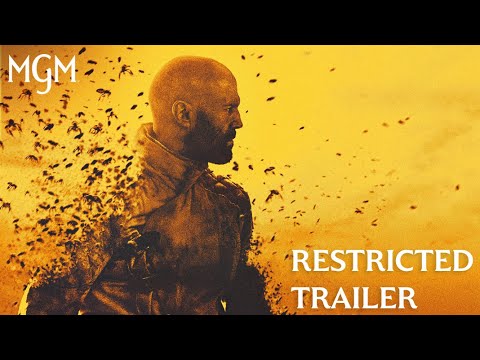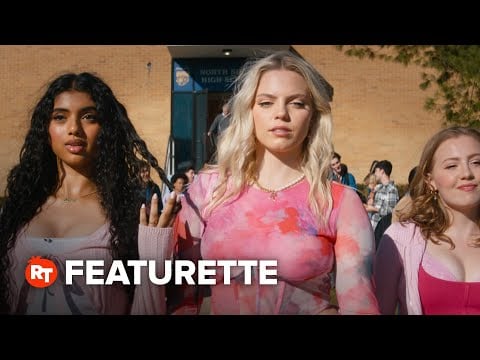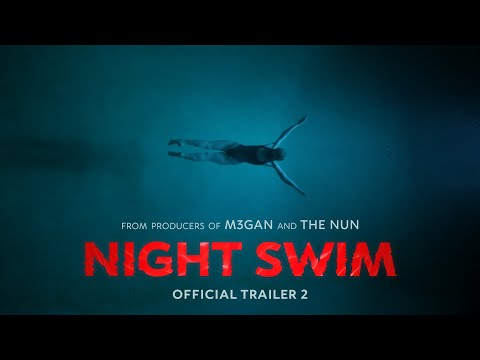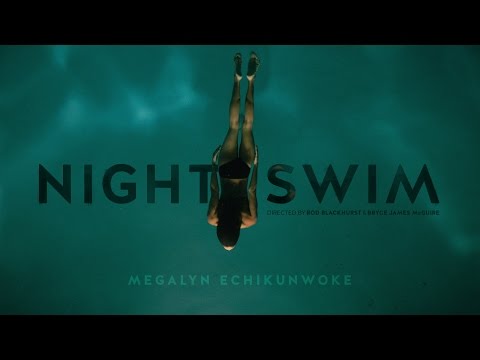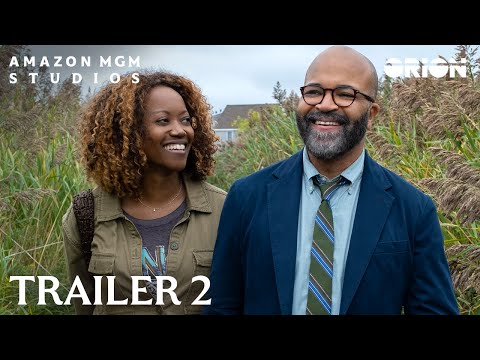Your opinion of “Argylle” may vary from scene to scene, revelation to revelation.
And, of course, it helps if you’re a cat person.
The bloated spy comedy starts strong and features a mostly nimble cast, but director Matthew Vaughn can’t leave well enough alone.
What might have been a breezy romp that doubled as an empowerment tale becomes a film you just wish would end.
Please.
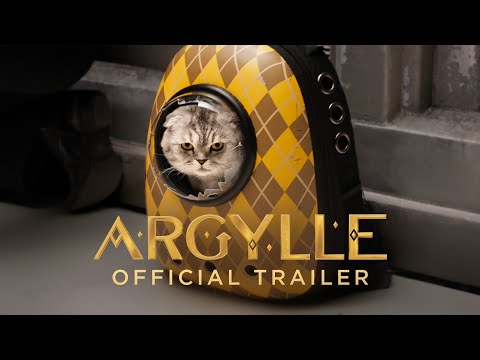
“Argylle” opens with a spectacular set piece featuring Argylle (Henry Cavill), a super spy in the James Bond mold. He escapes a near-death encounter, rides a motorized cart over a hilltop and grabs the assassin who set him up.
It’s all from the mind of Elly Conway (Bryce Dallas Howard), a spy novelist whose idea of adventure is spending the night alone with her loyal, mostly CGI cat. We see her novels spring to life, a clever device letting us watch Cavill, co-star John Cena (barely used) and even Dua Lipa as a mystery woman run through their 007 paces.
Elly’s humdrum life gets upended when her stories grab the attention of a criminal outfit run by Bryan Cranston’s villain. A bearded spy played by the great Sam Rockwell comes to her rescue, but can Elly trust any spy with a license to kill?
Describing “Argylle” in full would fill up too much of your screen. Just know everything we’re told one moment is upended the next. And the next. Screenwriter Jason Fuchs takes care to balance all the reveals and misdirections, but it still leaves the viewer woozy.
Why should we care again?
View this post on Instagram
That disconnect gets worse as the story marches on. What might have been a frothy lark overstays its welcome well past the two-hour mark.
The running time becomes a character in the film. Another villain, to be more accurate.
Rockwell takes it upon himself to enliven the film’s many dead spots, either with a fanciful jig or just sheer charisma. The screenplay needs every calorie he burns, burdened by action-movie cliches that come off as limp, not meta.
Howard connects with the mousy Elly, but when she’s pressed to save her own skin she’s far less convincing. She’s also replaced by a digital avatar late in the film, a sequence that desperately needed to be trimmed.
And it’s hardly alone.
A new clip from ‘ARGYLLE’ has been released.
Releasing in theaters this Friday. pic.twitter.com/ByZBdDYTcC
— The Hollywood Handle (@HollywoodHandle) January 31, 2024
Cavill is game and stoic, but he doesn’t get enough screen time to register. The same holds true for Samuel L. Jackson, once again coasting on his movie star presence. Can someone write him a three-dimensional role… stat?
Nothing in “Argylle” is meant to be taken seriously, and that escapist glee powers the first act.
The more we know about Elly, the forces aligned against her and her oddball family (Catherine O’Hara clicks as her doting Ma) the less we care about the outcome.
“Argylle,” like Brad Pitt’s “Bullet Train,” doesn’t know know when to quit. Audiences will swallow larger-than-life adventures whole, but you need a beating heart somewhere on screen as our true north.
Mock the “Furious” franchise’s talk of family, but that sentiment grounds the saga’s outlandish tics.
It’s a lesson Vaughn and his “Argylle” collaborators should take to heart.
HiT or Miss: “Argylle” is clever, cute and imaginative, but the story wants us to invest in our heroine’s plight, too. Thanks, but no thanks.
The post ‘Argylle’ Is Great, Terrible, Funny, Confusing and Way Too Long appeared first on Hollywood in Toto.
from Movies - Hollywood in Toto https://ift.tt/deGhLu2

